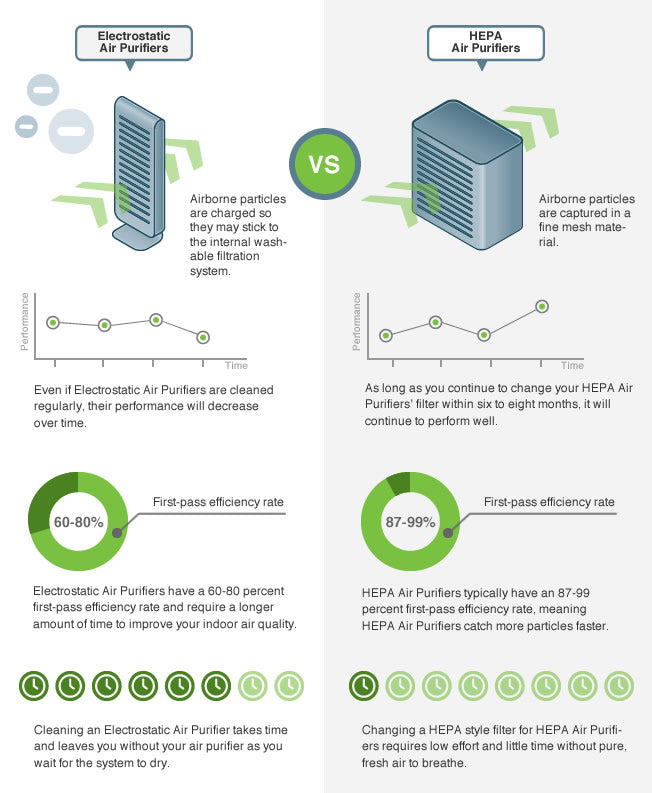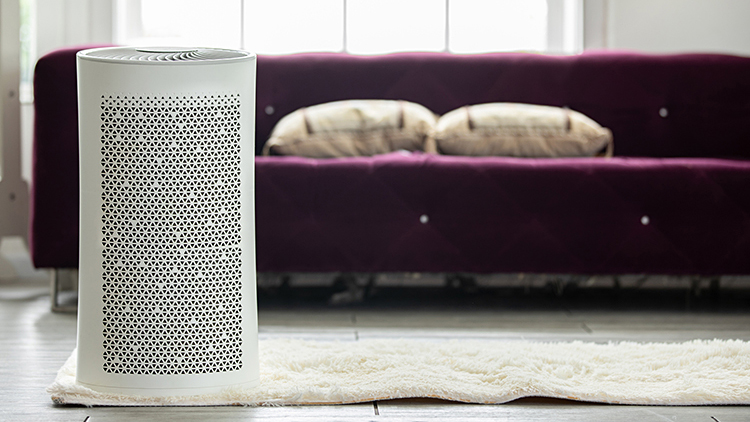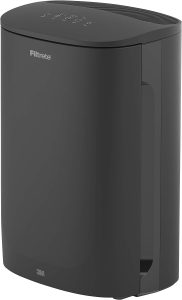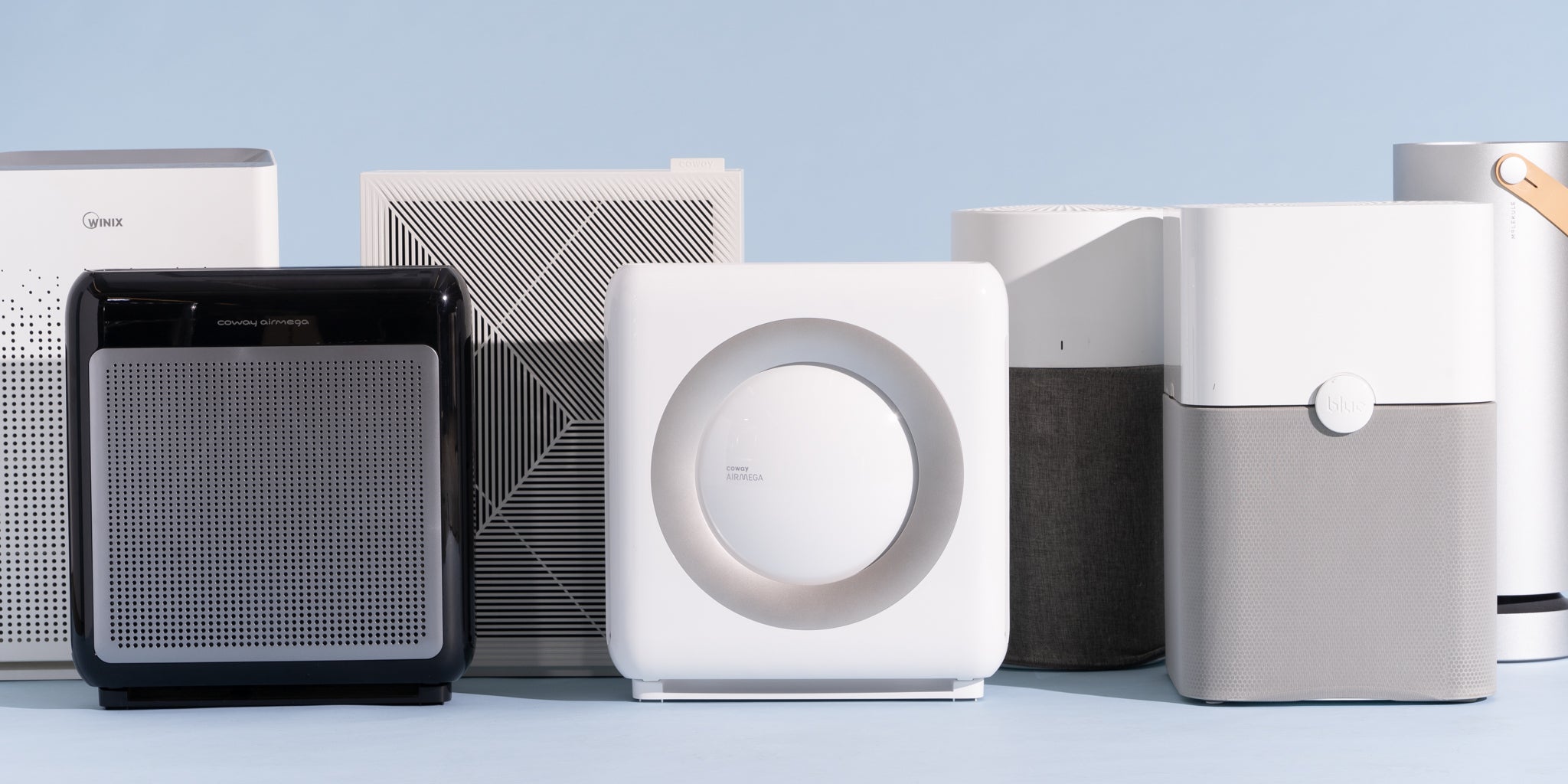Are you interested in learning how air purifiers affect airborne static electricity? On a dry day, static shocks can be extremely annoying. Could an air filter assist to lessen this annoyance? We will investigate if air purifiers have any impact on airborne static electricity in this article and give you some important information about it. Let’s investigate whether air purifiers can actually help to lessen such unforeseen static surprises.

Understanding Air Purifiers
By eliminating impurities and pollutants, air purifiers aim to enhance the quality of indoor air. They are gaining popularity, especially in crowded cities with high levels of air pollution. Understanding the many types of air purifiers, how they operate, and the advantages they provide is crucial if you’re thinking about buying one.
Types of Air Purifiers
There are various different kinds of air purifiers available, each with special characteristics and filtration techniques. The most typical varieties include:
- HEPA (High-Efficiency Particulate Air) Filters: These devices use a dense filter material to trap particles such as dust, pollen, pet dander, and smoke.
- Activated Carbon Filters: These filters are effective in removing odors, smoke, and volatile organic compounds (VOCs).
- Electrostatic Filters: This type of air purifier uses an electrical charge to trap and remove particles from the air.
- UV-C Light Purifiers: These devices use ultraviolet light to kill germs and bacteria in the air.
- Ozone Generators: While not technically an air purifier, ozone generators are designed to produce ozone to eliminate odors and kill bacteria. However, their effectiveness and safety are still a matter of debate.
How Air Purifiers Work
In order to eliminate pollutants, air purifiers suck air in and run it through a filtration system. Depending on the type of air purifier, different specialized mechanisms are used. For instance, HEPA filters physically capture particles as small as 0.3 microns using a dense mesh of fibers. Pollutants adhere to the surface of the carbon material through a process known as adsorption, which is how activated carbon filters work. Particles are drawn to an electrical charge produced by electrostatic filters, which causes them to stick to the filter’s surface.
Benefits of Air Purifiers
For your health and general well-being, air purifiers have many advantages. Some of the main benefits are as follows:
- Improved Indoor Air Quality: Air purifiers effectively filter out pollutants, allergens, and other harmful particles, resulting in cleaner air to breathe.
- Allergy and Asthma Relief: By removing allergens like pollen and pet dander, air purifiers can alleviate symptoms for individuals with allergies or asthma.
- Odor Elimination: Activated carbon filters are particularly effective at removing unpleasant smells from the air, such as cooking odors, tobacco smoke, and pet odors.
- Reduced Airborne Diseases: Air purifiers with UV-C light technology can kill bacteria and viruses, reducing the spread of airborne diseases.
- Peace of Mind: Knowing that the air you and your loved ones are breathing is clean can provide peace of mind and enhance overall comfort in your home or office.
Static Electricity
What is Static Electricity?
A phenomenon known as static electricity happens when an electric charge accumulates on the surface of an object or between two objects as a result of an imbalance in the flow of electrons. After walking on carpeted surfaces, this charge might discharge and cause a spark or shock, which is frequently felt when touching metal objects or someone else. Static electricity, while generally safe, can be uncomfortable and inconvenient.
Causes of Static Electricity
There are several things that might cause static electricity, including:
- Dry Air: Low humidity levels can cause static electricity to build up more easily as moisture in the air helps to dissipate charges.
- Friction: When two objects rub against each other, electrons can be transferred from one object to another, resulting in an electric charge imbalance.
- Synthetic Fabrics: Certain fabrics, such as polyester or nylon, generate more static electricity than natural fibers like cotton or wool.
- Walking on Carpet: Carpets are known to generate static electricity, especially when the air is dry.
Effects of Static Electricity
Despite being typically safe, static electricity can occasionally result in annoyances and mild discomfort. The following are typical impacts of static electricity:
- Electrostatic Discharge (ESD): Static electricity can cause a sudden and unexpected shock when you come into contact with a charged object or person.
- Clothing Clinging: Static electricity can make fabrics cling to the body, leading to discomfort and difficulty in removing clothing.
- Damage to Electronics: Static electricity can harm sensitive electronic devices by discharging directly into them, potentially causing permanent damage.
- Fire Hazard: In certain environments where flammable gases or liquids are present, sparks created by static electricity can pose a fire hazard.
Connection Between Air Purifiers and Static Electricity
Air purifiers can indirectly affect static electricity in the air, even though its primary function is to remove airborne particles and enhance indoor air quality. Here are a few ways that air purifiers might affect the levels of static electricity:
Removal of Particles and Dust
Dust particles can be captured and removed from the air by air purifiers with HEPA filters. Due to the fact that dust has an electric charge that is easily transferred to nearby objects, it is a prominent cause of static electricity. Air purifiers can aid in minimizing the accumulation of static electricity by lowering the amount of dust in the air.
Humidity Control
Humidification functions on some air purifiers can assist regulate interior humidity levels. Maintaining the proper humidity levels can assist lower static electric charges in the air since dry air is more favourable to the formation of static electricity. Air purifiers with humidification features reduce the conditions that encourage the accumulation of static electricity by introducing moisture to the air.
Ionization Effects
Negatively charged ions are released into the air by some types of air purifiers, such as ionizers and electrostatic filters, to draw in and remove airborne pollutants. Additionally, positively charged particles, such as those responsible for the accumulation of static electricity, can be neutralized by these ions. As a result, air purifiers with ionization capabilities could aid in lowering the ambient static electricity levels.
The Role of Filters in Air Purifiers
In order for air purifiers to function effectively and efficiently, filters are essential. Specific pollutants can be captured by various types of filters, which can help to enhance air quality in various ways. Let’s examine some of the typical air purifier filters in more detail:
HEPA Filters
The ultimate in air filtration technology are HEPA filters. When it comes to capturing particles as fine as 0.3 microns, these filters are incredibly effective. Pollen, cat dander, dust mites, and even some bacteria and viruses can be successfully captured by them. Since they dramatically minimize the amount of airborne allergens, HEPA filters are especially helpful for people with allergies or asthma.
Activated Carbon Filters
Filters made of activated carbon are intended to eliminate gases, smells, and volatile organic compounds (VOCs) from the air. These filters’ huge surface area and few pores in the carbon substance they utilize to trap and absorb odorous chemicals. Activated carbon filters help create a fresher and more pleasant interior environment by reducing offensive odors.
Electrostatic Filters
Electrostatic filters catch particles as they travel through the filter media using an electric charge. These filters typically have two layers: a pre-filter for larger particles and a secondary filter for tiny particles having an electrostatic charge. When it comes to removing dust, pet dander, and other tiny particulates from the air, electrostatic filters are incredibly effective.

Research and Studies on Air Purifiers and Static Electricity
The relationship between air purifiers and static electricity has been investigated in a number of scientific research and expert comments. The purpose of these studies is to provide information about how well air purifiers can reduce or neutralize static electricity. Despite the need for additional study, the following insights are offered by these studies:
Scientific Studies
The impact of air purifiers on static electricity in hospital rooms was explored in a study that was published in the Journal of Electrostatics. Researchers discovered that ionizing air purifiers were efficient in lowering static electricity levels. The air purifiers’ negative ions helped balance electric charges, which resulted in less static electricity buildup.
Another study examined how classroom air purifiers with integrated humidifiers affected airborne particles and static electricity. It was published in Indoor Air. As a result of using humidifying air purifiers to maintain ideal humidity levels, the results shown a considerable reduction in dust particles and static electricity. An environment that was both more comfortable and secure for learning resulted from the combination of humidity management and air purification.
Expert Opinions and Experiments
The relationship between air purifiers and static electricity has been investigated by experts in the field of air quality, who also shared their findings and conclusions. Many people concur that by eliminating airborne particles, regulating humidity levels, and neutralizing charged particles through ionization, air purifiers can indirectly aid in the reduction of static electricity. They also stress that different elements, such as the size of the indoor space, air movement, and the specifics of the air purifier, may have different effects on how much static electricity is reduced by air purifiers.
Practical Considerations for Reducing Static Electricity
In addition to using an air purifier, there are practical measures you may take if you are worried about static electricity in your environment. Here are some tips to keep in mind:
Controlling Humidity Levels
The key to lowering static electricity in your indoor area is to keep the humidity levels at their ideal levels. Depending on your requirements, using a humidifier or dehumidifier might help you manage the amount of moisture in the air. To reduce the formation of static electricity, it is typically advised to maintain a humidity level between 30% and 50%.
Choosing the Right Air Purifier
Consider an air purifier’s specialized features and filtration abilities while making your choice. Look for devices that offer filtration for particles (such HEPA filters) as well as extra functions like ionization or humidification. Make sure the air purifier is appropriate for the space in terms of coverage and airflow capacity by measuring the size of your room.
Additional Measures
There are several other steps you may do to further reduce static electricity in addition to utilizing an air purifier:
- Avoid synthetic fabrics and opt for natural fibers when possible.
- Use anti-static sprays or dryer sheets to minimize static cling on clothing.
- Keep indoor plants, as they can help increase humidity levels.
- Install grounding measures, such as conductive flooring or anti-static mats, especially in areas with sensitive electronic equipment.

Effectiveness of Air Purifiers in Reducing Static Electricity
Depending on a number of variables, air purifiers can reduce static electricity with varying degrees of success. It’s critical to have reasonable expectations even though air purifiers can indirectly reduce static electricity levels by removing particles, managing humidity, and ionizing the air. The finest outcomes can be attained by being aware of the restrictions and taking other sensible actions into consideration.
Customers’ Experiences
Air purifiers have been successfully used to lower static electricity, according to many users. Customers have noticed less garment sticking and static shocks, especially in dry and dusty surroundings. Some air purifiers’ combination of humidity management features and air purifying capabilities might result in a more cozy and static-free living environment.
Limitations and Factors
It is crucial to understand that air purifiers might not be able to entirely eradicate static electricity on their own. The efficiency of air purifiers in lowering static electricity might vary depending on the amount of static electricity present, the size and type of the area, and the general air movement. Additionally, in locations where pollen, pet dander, and other common allergens are major sources of static electricity, the effects of air purifiers can be more apparent.
Realistic Expectations
Although air purifiers can help to lessen airborne static electricity, it’s important to set reasonable expectations. The main purpose of air purifiers is to enhance air quality by eliminating contaminants, allergies, and odors. In contexts where other substantial factors that contribute to the accumulation of static electricity are present, they may have a limited impact on static electricity and may not entirely eradicate it. Think of air purifiers as a component of a broader strategy for preserving a healthy and cozy interior atmosphere.
Conclusion
The presence of airborne contaminants is decreased and indoor air quality is significantly improved thanks to air purifiers. Air purifiers can lower static electricity levels, yet its main function is to filter particles and provide a cleaner environment. Air purifiers indirectly aid in lowering static electricity and its related difficulties by eliminating particles, managing humidity, and including ionization capabilities. However, it’s crucial to have reasonable expectations and take other useful precautions into account in addition to using an air purifier. You may choose the ideal air purifier to improve indoor air quality and make your home more static-free with careful planning and attention.

Recommendations: Likein Air Purifier

